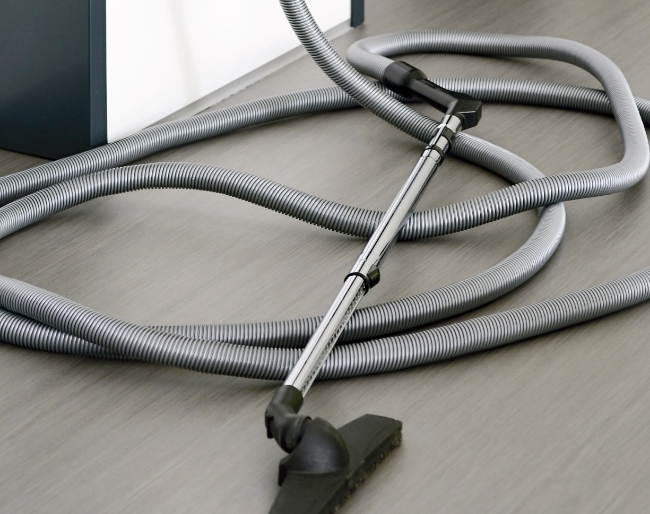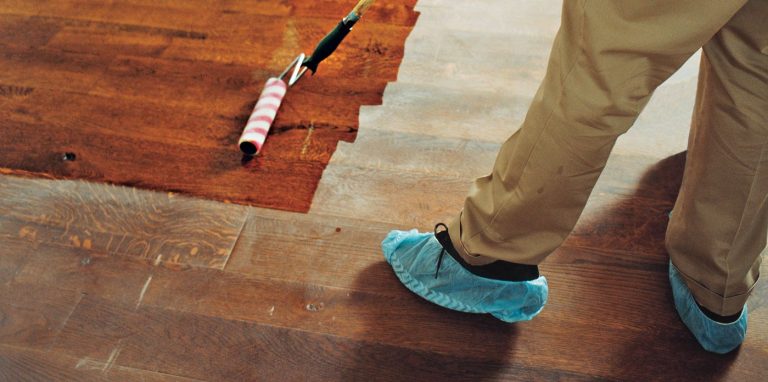Central Vacs are generally reliable and efficient, but like any appliance, they can experience occasional issues. Here are some common problems with Central Vacs and troubleshooting tips to resolve them:
1. Loss of Suction Power
- Potential Causes:
- Clogged Filter or Bag: Check and clean the filter or bag in the central unit. A clogged filter restricts airflow and reduces suction power.
- Blockage in the Tubing: Inspect the tubing for any obstructions, such as debris or accumulated dust. Use a plumber’s snake or vacuum hose to clear the blockage.
- Leaky Hose Connections: Ensure all hose connections are secure and airtight. Leaks can reduce suction efficiency.
2. Motor or Unit Not Turning On
- Potential Causes:
- Power Supply Issues: Check if the central vacuum unit is plugged in and that the circuit breaker hasn’t tripped. Test the outlet with another device to ensure it’s receiving power.
- Faulty Wiring: Inspect the wiring connections between the unit and the power source. Loose or damaged wires may prevent the unit from powering on.
- Overheating Protection: Some units have thermal overload protection that automatically shuts off the motor if it overheats. Allow the unit to cool down and reset before attempting to turn it on again.
3. Unusual Noises During Operation
- Potential Causes:
- Foreign Object in the Hose or Unit: Check for any objects or debris that may have been accidentally vacuumed up and are causing noise. Remove the obstruction if found.
- Loose or Worn Components: Inspect hoses, attachments, and fittings for signs of wear or looseness. Tighten loose connections or replace worn parts as necessary.
- Motor Issues: Grinding or high-pitched noises could indicate motor problems. Contact a professional technician for inspection and repair if motor noise persists.
4. Inlet Valves Not Activating
- Potential Causes:
- Electrical Issues: Check the electrical connections to the inlet valves. Ensure wires are securely connected and not damaged.
- Faulty Inlet Valve: Test the inlet valve with a voltmeter to check for electrical continuity. Replace the inlet valve if it fails to activate properly.
- VacPan Activation Issues: If equipped, ensure the VacPan switch is functioning correctly and not stuck in the activated position.
5. Persistent Odors or Poor Air Quality
- Potential Causes:
- Dirty or Clogged Filter: Clean or replace the filter to improve air filtration and eliminate odors caused by trapped debris.
- Leaky Tubing or Connections: Inspect tubing and hose connections for leaks that may be allowing dust and odors to escape. Seal or replace leaking components.
- Improper Ventilation: Ensure the central vacuum exhaust is vented to the outside to prevent recirculation of dust and odors back into the living space.
6. Vacuum Unit Overheating
- Potential Causes:
- Blocked Airflow: Check for obstructions or clogs in the central unit, tubing, or exhaust vent. Blocked airflow can cause the motor to overheat.
- Excessive Use: Allow the central vacuum unit to cool down if it has been used continuously for an extended period. Consider reducing the frequency of use or using the system in shorter intervals to prevent overheating.
- Motor Issues: If overheating persists, it may indicate a problem with the motor or internal components. Contact a qualified technician for inspection and repair.
General Tips for Maintenance and Troubleshooting:
- Regular Maintenance: Clean filters and empty dirt canisters or bags regularly to maintain optimal performance.
- Check for Leaks: Inspect tubing and hose connections periodically for leaks that may affect suction power and efficiency.
- Follow Manufacturer Guidelines: Refer to the owner’s manual for specific troubleshooting tips and maintenance schedules recommended by the manufacturer.
- Professional Help: If you are unable to diagnose or resolve the issue on your own, contact a certified technician or the manufacturer’s customer service for assistance.
By addressing these common issues promptly and performing regular maintenance, you can ensure that your Central Vacs continues to operate efficiently and effectively, providing reliable cleaning performance for years to come.










+ There are no comments
Add yours